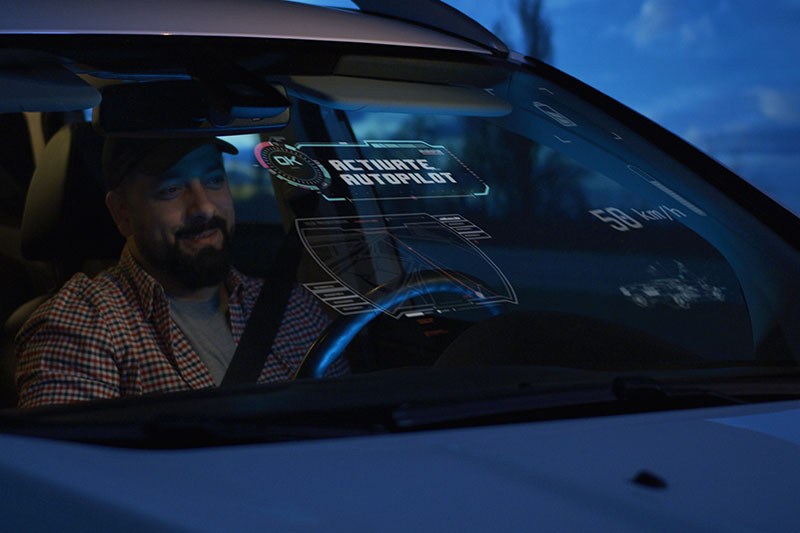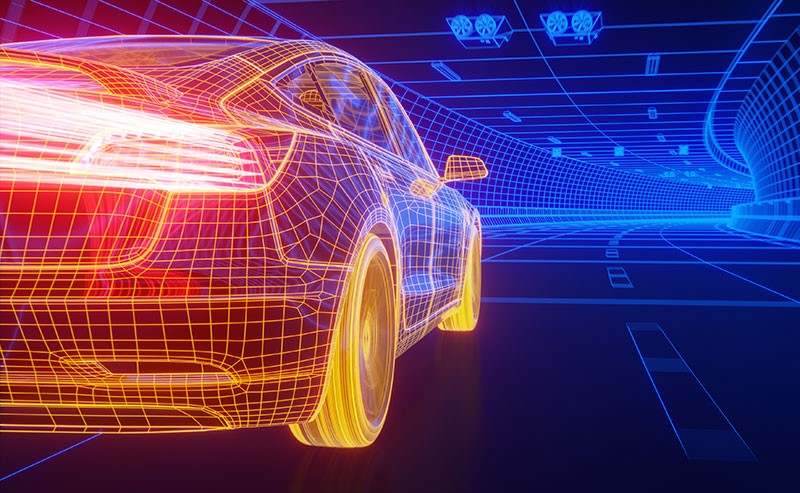3D Printing, Augmented Reality, Artificial Intelligence And The Future Of The Automotive Industry
“Where’s my flying car?” has been the classic response to every technological breakthrough of the 21st Century (and Uber is working on it!) but here at OurAuto, we’re much more excited about how some of this new technology could be used (and is being used, in some cases) to improve the automotive industry as a whole.
3D Printing
“Sorry mate, your brake calipers are shot. I’ll print you some new ones and install them tomorrow!”
3D printing is already making an impact in automotive. Mini Cooper are currently trialling custom 3D printed trim and highlights on their vehicles, Car manufacturers are printing specialist tools and jigs to speed up assembly and Bugatti have designed a brake caliper so complex that the only way to manufacture it is through titanium 3D printing. Koenigsegg have designed a 3D printed variable turbocharger, and the Czinger 21c has parts of its suspension chassis 3D printed due to the complexity of their AI-led design.
All of these developments are exciting, but here at OurAuto, we think that 3D printing will have a transformational effect on how spare parts are handled. If car manufacturers replaced their spare parts warehouses with parts printers, the cost of storing all those excess parts is eliminated, and the logistics of delivering parts becomes a lot simpler. No more waiting for a rare part to ship from halfway around the world, you simply put your order in to your nearest printer. The savings in cost for manufacturers and time for service professional is monumental.
This new technology also has a brilliant use for older cars – a lot of the classics don’t have spare parts available anymore, and you have to try your luck finding a secondhand or aftermarket part that will do the job. But with a 3D printer, all it takes is one scan of a working original part to then have access to as many copies as you need.
Artificial Intelligence (AI)
“Hey Siri, check the Haynes Manual for the planetary gear set for the Toyota.”
When we talk about AI and automotive, most people are going to jump immediately to self-driving cars. It’s by far the most obvious use-case for AI, and it’s already making it’s way into consumer vehicles ( Autopilot, parking assist systems, and lane assistance are a few AI features already present in many modern vehicles). But AI has the potential to affect many aspects of automotive.
Parts of the suspension in the Czinger 21c are designed by an artificial intelligence, using an iterative model that imitates evolution. These parts provide an incredible strength-to-weight ratio and they look almost organic, which makes sense as they did “evolve” over time. This use of biomimicry is only just starting in automotive, and has the potential to revolutionise vehicle design.
AI could also be an incredibly useful tool in the field of automotive repair, when paired with AR goggles.
Augmented Reality (AR)
“Siri, throw the info up on the goggles and superimpose how a correctly fitted part would look”
Fancy name, simple concept. Do you remember when Pokemon Go took the world by storm in 2016? That was an AR game. Augmented Reality is simply superimposing digital information onto the real world. This can be as simple as superimposing a digital Pikachu onto your phone’s video feed, or you could superimpose parts numbers and technical information onto a video feed.
Pair your AR goggles with an AI assistant, and you no longer have to get out from under the car and look up the issue on Autodata or VACC MotorTech when you run into a problem, your assistant will overlay the information you need, right on top of the part that you’re looking at. Then all you have to do is resist the temptation to pretend you’re Iron Man.
AR could also improve driving safety substantially. With an AR windscreen, the speedometer, rev gauges, engine temperature and even navigation prompts could all be displayed right there on the windscreen, reducing driver distraction.




